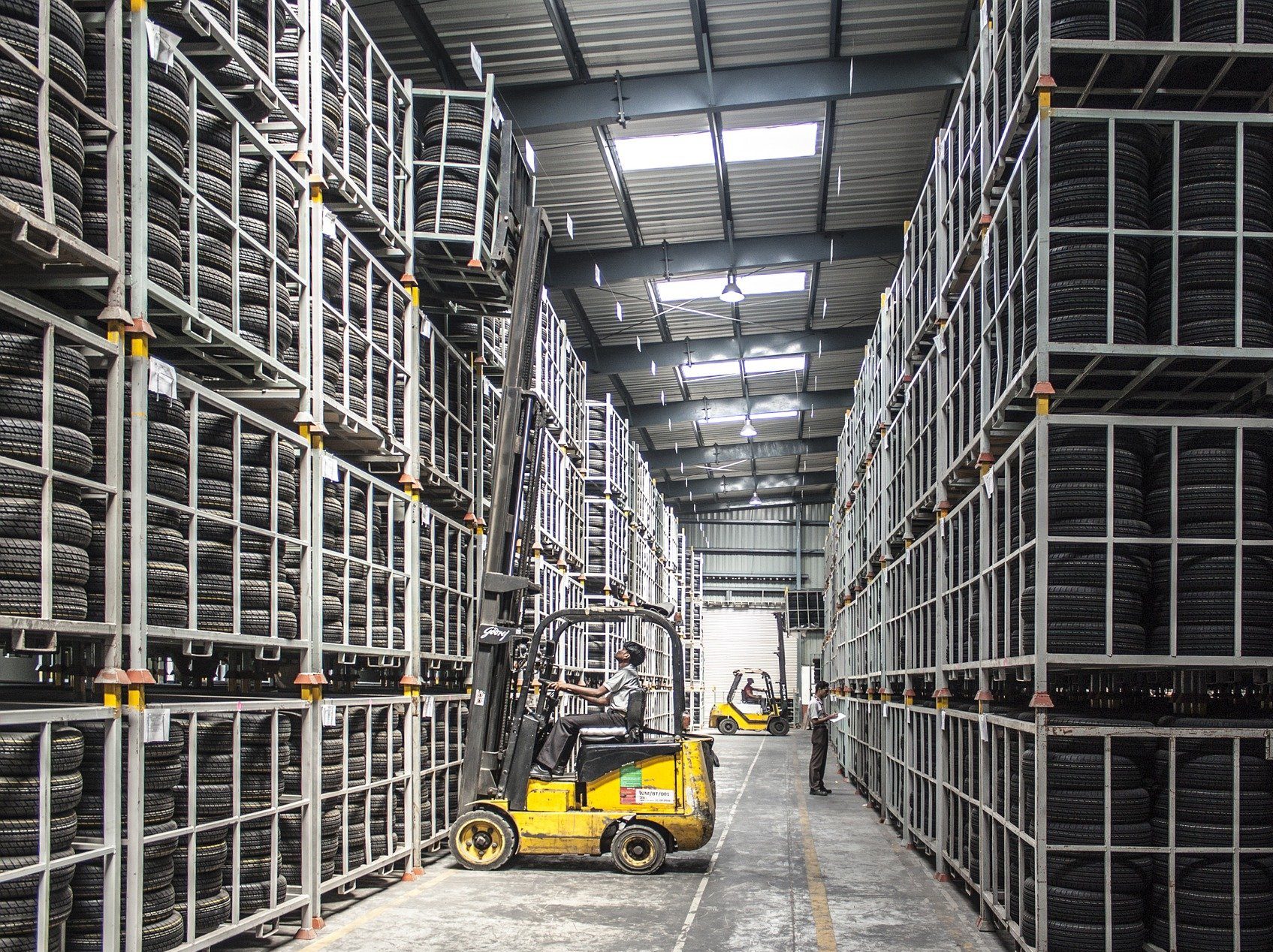E-commerce Driving More Automation at Logistics Sites: Report
Adoption of automation technologies is increasing, particularly among e-commerce users, and could create more opportunities for logistics real estate, according to Prologis.
Increased automation at industrial properties is creating more opportunities for logistics users and expanding the locations they can choose, whether it be more remote locations with limited labor pools or urban infill locations where labor costs and availability have been issues, according to a new report by Prologis.
The five-page report is the first of two from the San Francisco-based logistics giant that will focus on automation. It notes the shift toward more automation “opens up new and more productive locations” and allows users to optimize their supply chains and move them more quickly into the future “where dynamic, productive and well-located logistics facilities help customers literally deliver the goods.”
READ ALSO: Equinix to Expand Data Center Footprint in Osaka
Those issues are more important than ever as the COVID-19 pandemic has accelerated the rise of e-commerce. Prologis notes the dramatic transformation of e-commerce has resulted in some logistics customers beginning to make significant investments in automation because e-commerce is three times more labor intensive than traditional logistics operations. But the report also notes current adoption is still low but rising, most of it occurring in e-commerce and e-fulfillment.
Prologis Research points to three trends that are combining to drive higher levels of automation: greater absenteeism due to the COVID-19 crisis, which stresses labor availability; improvements in technology that are expanding capabilities and reducing costs; and labor-intensive operations, particularly at e-commerce sites, which are growing quickly because of the surge in pandemic-driven e-commerce.
Assessing Needs
The report states all logistics operations must assess their requirements and capabilities and group automation technologies into two categories. They are: fixed automation, which tend to be larger, including conveyor belts, automatic sorters, palletizers, pallet shuttles and automated storage and retrieval systems and mobile and semi-mobile automation, which tend to include more robotics solutions that can work in a range of environments and be more easily scaled up or down as needed. They can include automated guided vehicles (AGVs) such as autonomous forklifts, autonomous mobile robots (AMRs) such as some co-bots and specialized automation like boxing and trailer unloaders.
Prologis Research says no one solution exists but mobile technologies and co-bots aimed at the simplest functions to automate offer the fastest returns on investments (ROIs) and are easier integrations that allow users to build on human talent.
End-to-end automation is still rare and overall adoption rates, particularly for fixed automation, are low. Currently only about 30 percent of respondents to a 2019 survey of U.S. logistics customers said they had even the most common technologies in place like conveyor or vertical lift storage. Even fewer, between 8 and 10 percent, were using AGVs and AMRs. For many users, high costs and long payback periods are the most common reasons given for lack of adoption. Others include planning challenges, implementation limitations, IT considerations and poor data quality and labor constraints.
Prologis Research notes that newer technologies are solving many of those barriers to adoption. For example, integration is becoming easier and can be done incrementally. Physical constraints at facilities are also less important as technologies become more flexible and retrofits to operations like power requirements can be made.
When done well, automated sites will be more productive, have faster processing times, improve worker safety and be more efficient from a cost and operations perspective. They will also help unlock more infill and urban locations that can reduce transportation costs and shorten the distance of delivering goods to the consumers.








You must be logged in to post a comment.